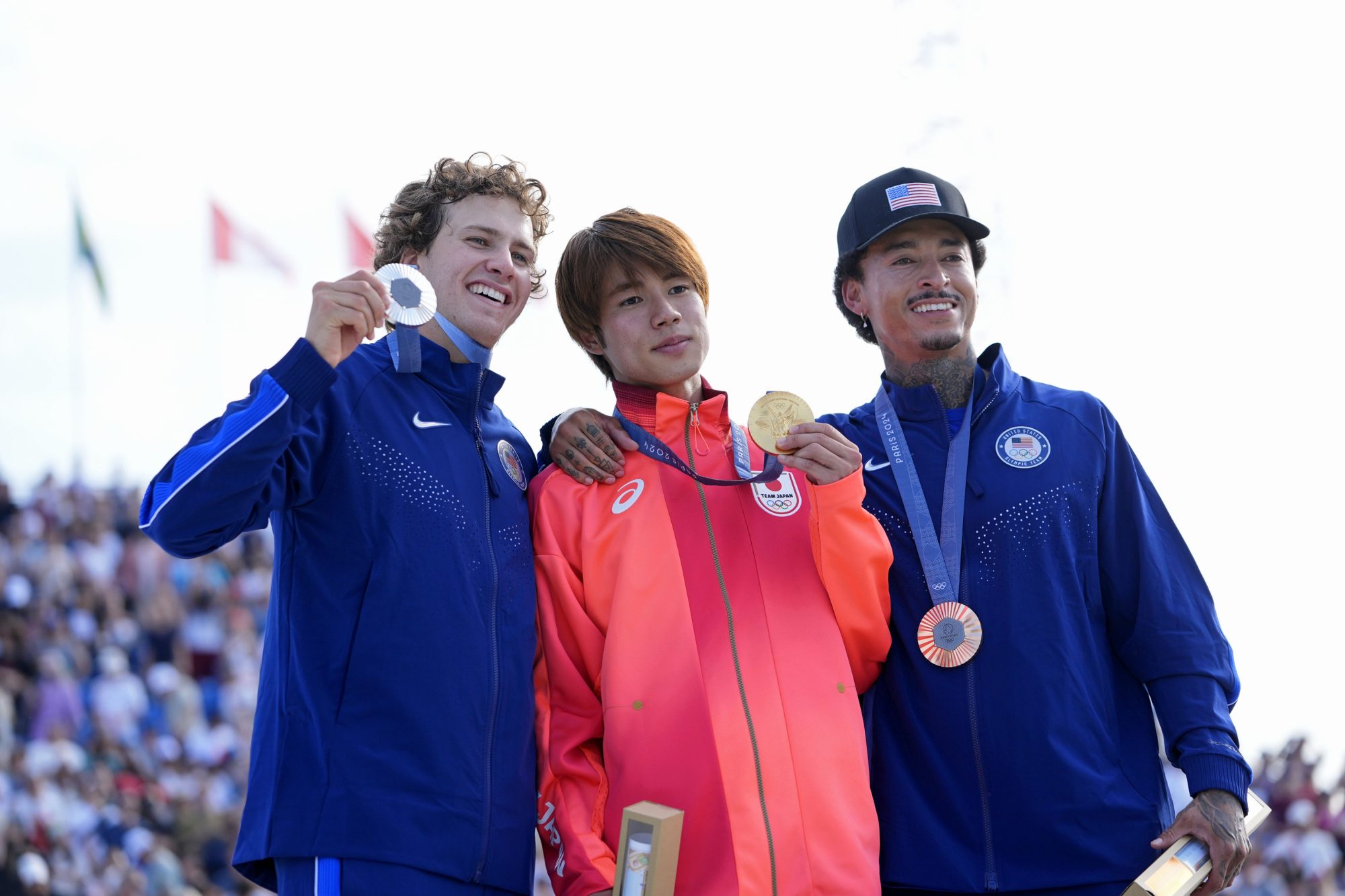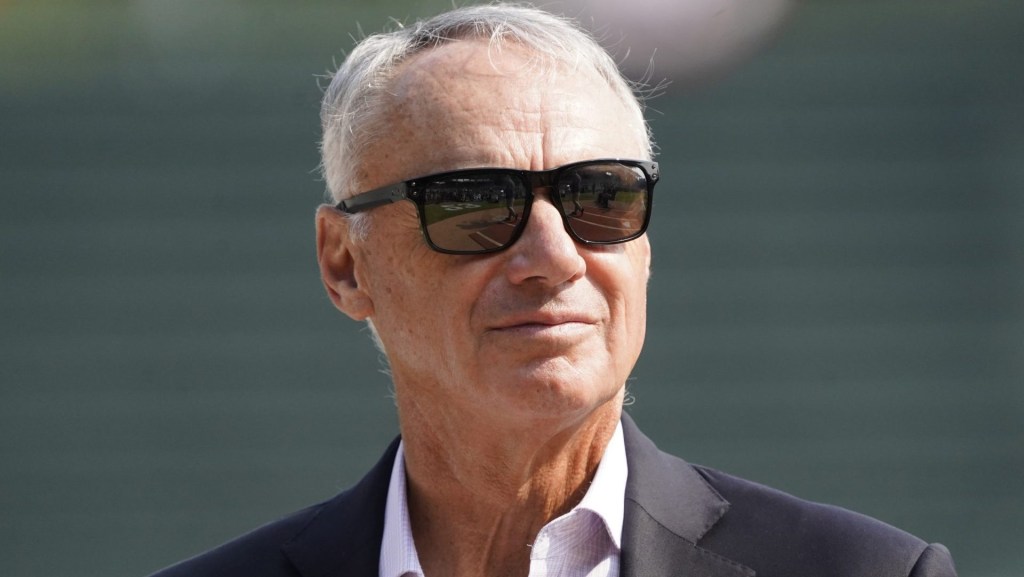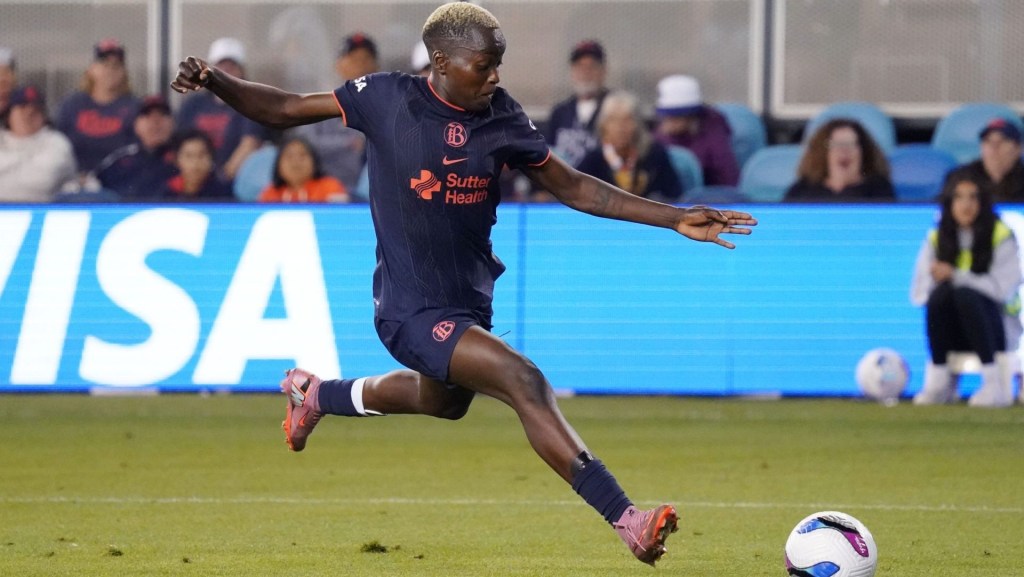The Paris Olympics were days from ending, and U.S. skateboarder Nyjah Huston was already having issues with his bronze medal.
On Aug. 9, two days before the Games came to a formal close, the 30-year-old posted a video to his social media, showing his medal looking heavily oxidized after a weekend of him and his friends wearing it following his return from France.
“Apparently it’s not as high quality as you would think,” he said in the post, which showed the medal looking tarnished. “It’s starting to chip off a little.”
He’s not alone.
A spokesperson for Monnaie de Paris, the French mint that produced 5,084 medals for the Olympics and Paralympics this past summer, told Front Office Sports in an email Tuesday that it’s in the process of replacing a number of medals due to deterioration.
In statements to FOS, both the International Olympic Committee and the mint did not specify the number of medals currently being replaced, citing a mutual agreement. La Lettre, a French news website, has the number at more than 100. The news was first reported by the Associated Press.
“The Organising Committee of the Olympic Games Paris 2024 is working closely with the Monnaie de Paris, the institution tasked with the production and quality control of the medals, in order to appraise any issues with medals to understand the circumstances and cause of any damage,” the IOC said in its statement. “Damaged medals will be systematically replaced by the Monnaie de Paris and engraved in an identical way to the originals.”
In light of Huston’s video, the mint announced in August it would “systematically replace” any damaged medal. British divers Yasmin Harper and Scarlett Mew Jensen also came forward with issues with their bronze medals, a week after winning them. But the operation has grown as more athletes have come forward with complaints.
In December, French swimmers Clément Secchi and Yohann Ndoye-Brouard posted photos on social media showing the age their medals were already displaying. Secchi described his as “crocodile skin,” while Ndoye-Brouard posted his with the caption “Paris 1924,” joking at the century-old depiction.
“Monnaie de Paris has taken the issue of damaged medals very seriously since the first exchange requests in August, mobilizing its internal teams,” the mint said in a statement to FOS. “Monnaie de Paris modified the varnish and optimized its manufacturing process to make it more resistant to certain uses of the medals by athletes.”
Pas la médaille de bronze de Clement Secchi qui s’écaille 💀💀#Paris2024 pic.twitter.com/Dv7YOVxLMN
— MR.CARTER (@NelsonCarterJr) December 27, 2024
The medals were designed by Chaumet, a Paris jewelry house. They’re hexagonal with a piece of iron from the Eiffel Tower embedded in each medal.
Medals from the Paris Games had different amounts of metal in them. Gold medals had only six grams of gold, which encase the medal’s exterior, and are mostly made of silver. Silver medals are made out of pure silver, and bronze medals contain 95% copper and 5% zinc.
“The process to provide any replacements should start in the coming weeks in a process managed by Paris 2024 and Monnaie de Paris, together with the National Olympic Committees of the athletes concerned,” the IOC’s statement added. “Paris 2024 is in contact with the relevant National Olympic Committees.”

















